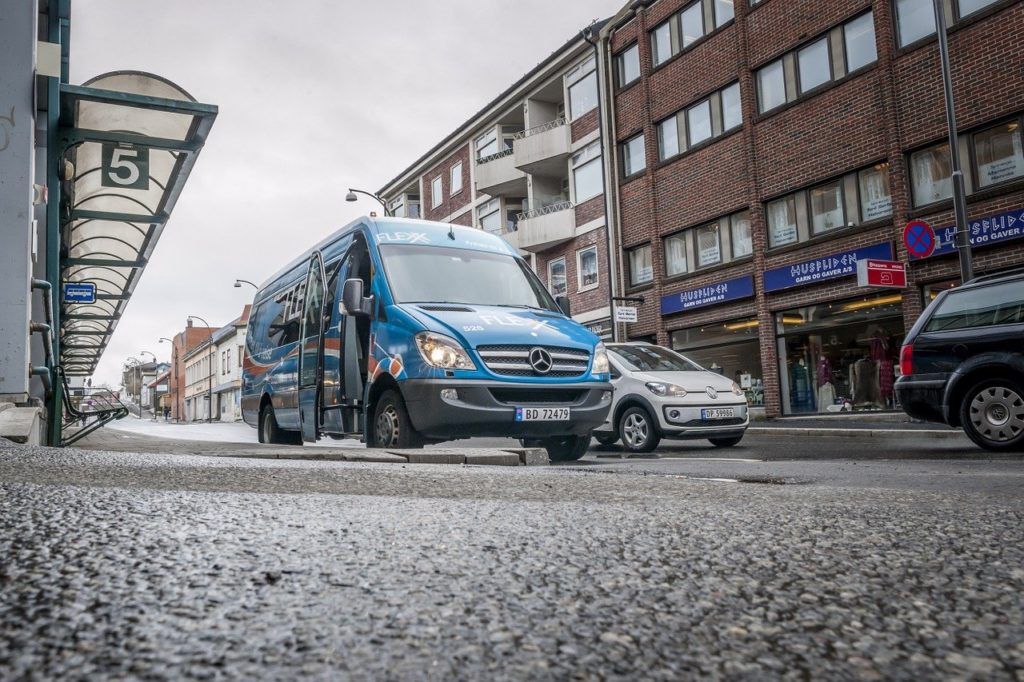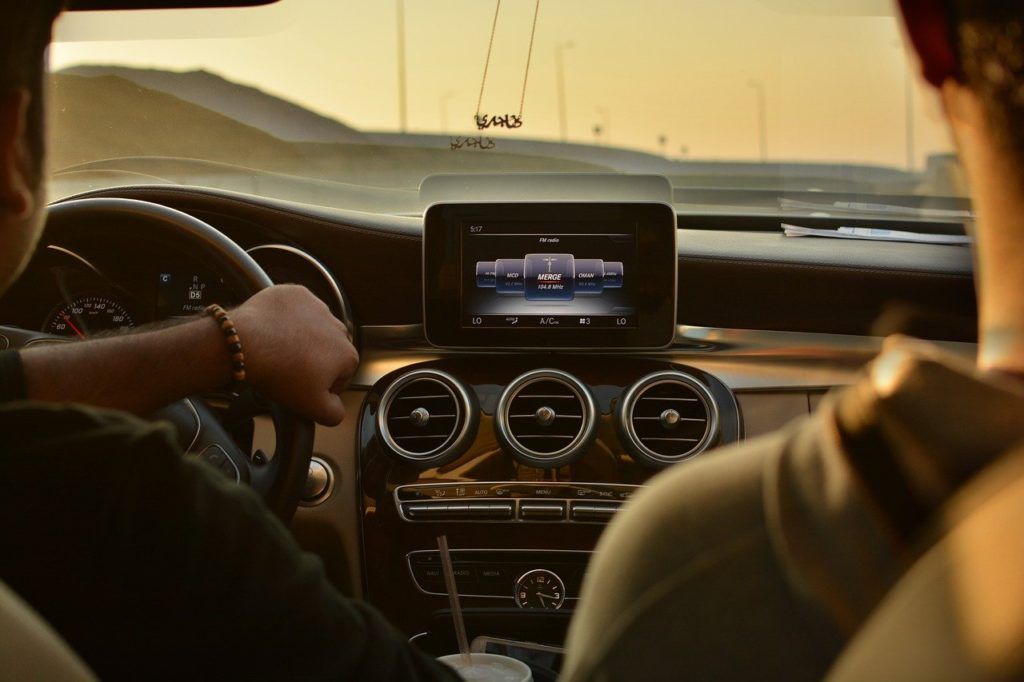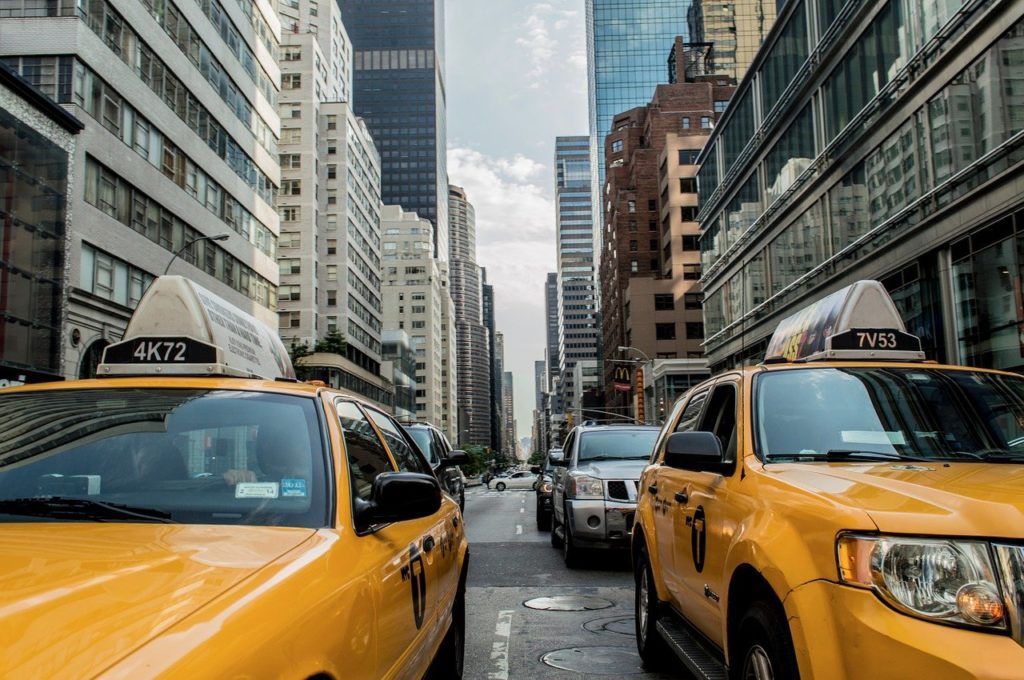Ed Houghton, head of research and service design at DG Cities, takes a look at the promise and problems of ridesharing as cities look for ways to bolster public transport services in the era of Covid and beyond
The widescale adoption of ridesharing has for a long time been seen as a milestone on the journey towards sustainable urban transport. Services in which riders share all or part of their journey with another passenger are not new. For example, Blablacar connects drivers and passengers for inter-city journeys, with the benefit of saving on fuel costs, and Uberpool supports ridesharing for shorter within-city journeys. There are many benefits to users of such services: reduced cost compared to private taxis, but greater comfort than public transport. Plus, the added benefit of an on-demand mobility as a service.
It’s not only service users who are touted as benefiting from such services. Ridesharing could greatly help urban centres – for example improving accessibility to those without access to private vehicles for whom public transport isn’t feasible, and reducing the need for parking spaces. However, market predictions highlight that these benefits are only likely to materialise if ridesharing services are taken up by a large number of citizens. Low uptake is unlikely to have a significant positive impact on either congestion or pollution. Clearly barriers need to be overcome, a major one being the current pandemic.

In the era of Covid-19 there are obvious risks to ridesharing, including close proximity with people outside your household – clearly contradicting social-distancing advice. Earlier this year Uber suspended ridesharing services for exactly this reason and whilst these risks are similar for public transport and for ride-hailing, mixing with strangers in close quarters is particularly challenging when ridesharing.
Ridesharing also suffers from issues of scale which is a significant limiting factor. Data from the DfT highlights that only high-density urban settings are likely to present enough willing ride-sharers for services to be a viable alternative to ride-hailing. Data shows that younger, more ethnically diverse groups are more likely to want to rideshare, which further illustrates that services are more likely to be successful in urban centres like London, but less so elsewhere.[1] Outside of large cities it’s difficult to see ridesharing services taking root in their current form.
Ridesharing: adding or substituting within the modal mix?
One benefit of ridesharing often mentioned is that of a blended type of public/private transport. Evidence points to ridesharing offering greater flexibility, comfort and personalisation compared to public transport services. These positives are similar to ride hailing services, but at less cost to the user.
For transport planners an important question must be if and how ridesharing could operate alongside other transport modes, and in particular whether public transport usage will be affected by increased demand for ridesharing services. Early evidence appears to highlight that ride-hailing and ridesharing have different impacts: ride-hailing services like Uber mainly replace private car and taxi journeys whereas ridesharing instead tends to replace public transport. This is because ridesharing is often used for shorter journeys which are for social purposes. So instead of complementing public transport, and reducing private car congestion, shared rides substitute public transport.[2] This Is bad news for cities looking to reduce traffic and congestion. If anything, ridesharing in its current guise may actually add to congestion in central areas.[3]

Ridesharing services therefore need to be positioned as a complementary mode of transport – one which blends many of the positive attributes of both public transport and ride-hailing services. But if they’re to become sustainable services they will need to be designed to integrate fully with the urban transport strategy.
Is ridesharing likely to feature in the ‘new normal’?
There are clearly many questions that remain about the impact of Covid-19 on cities and mobility trends. Worryingly, recent data from the YouGov-Cambridge Globalism Project highlights that almost a quarter (23%) of UK respondents are likely to use their car more after the pandemic than before – and only 9% said they would use their car less.[4] This only exacerbates further the trend toward private car usage – and for cities looking to meet stretching greenhouse gas emission targets this trend could signal a significant step backwards.
Well designed and fully integrated ridesharing services work post-pandemic, but only if they’re designed into transport strategies. The value of private sector services lies in the pace of innovation which offers greater adaptability to changing user needs and behaviours. Post-pandemic ridesharing will need to demonstrate safety, cleanliness and value for money. Positioning these services as a complementary mode to public transport may help new services to grow sustainably without harming more efficient and climate friendly services such buses or trams. Comfort and convenience are just some of the ways in which ridesharing services may be able to demonstrate their value

Of course, many other questions remain but there are real opportunities to make use of new technologies to support more sustainable travel behaviours. With the advent of autonomous vehicles, there is also a lot of potential for creating new services that are on-demand and cater to the specific health and sustainability needs of citizens. These types of services are part of what is being investigated as part of Project Endeavour www.projectendeavour.uk, a project focused on accelerating and scaling the deployment of autonomous vehicles across the UK. We will be exploring exactly what AV-based ridesharing services could look like, and with the help of members of the public, we hope to build a blueprint for future ridesharing services.
Whilst there are many uncertainties it’s clear that ridesharing services offer an exciting alternative to private vehicle use and which, if used the right way, could help to support the shift towards more sustainable forms of transport. The current health crisis is challenging the growth trajectory of ridesharing services, but in doing so it is also highlighting the need for alternative forms of transport that cater to a wide variety of user needs. Only time will tell how ridesharing will look in the post-pandemic world.
Ed Houghton is head of research and service design at DG Cities, an innovation company which specialises in smart city innovation through human-centred service design. Ed is a behavioural scientist and environmental engineer with over a decade of experience running qualitative and quantitative research in local authorities, academia, and both the private and third sector. Ed is an expert in economic and social evaluation methods, and has an interest in systems resilience and the circular economy. Ed is a published author and frequent speaker on topics including the future of work and future of cities, urban and systems resilience and inclusive design.
[1] Department for Transport, 2018. Public Attitudes Transport and Technology Tracker Survey, March 2019. Question 23, page 5 and Question 24. (N=3532)
[2] Circella, G., Matson, G., Alemi, F. and Handy, S. 2019. Panel study of emerging transportation technologies and trends in California: Phase 2 data collection, National Center for Sustainable Transportation
[3] Bliss, L. 2019. Uber and Lyft admit they’re making traffic worse. CityLab.
[4] Guardian. 2020. People plan to drive more post-Covid, climate poll shows. Accessed via: https://www.theguardian.com/environment/2020/nov/10/people-drive-fly-climate-crisis-global-poll-green-recovery-covid-pandemic





